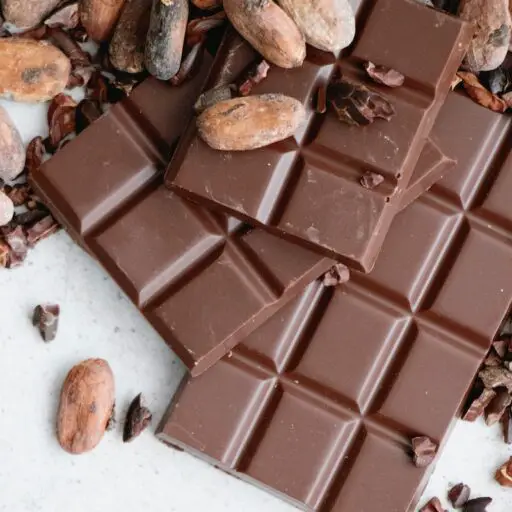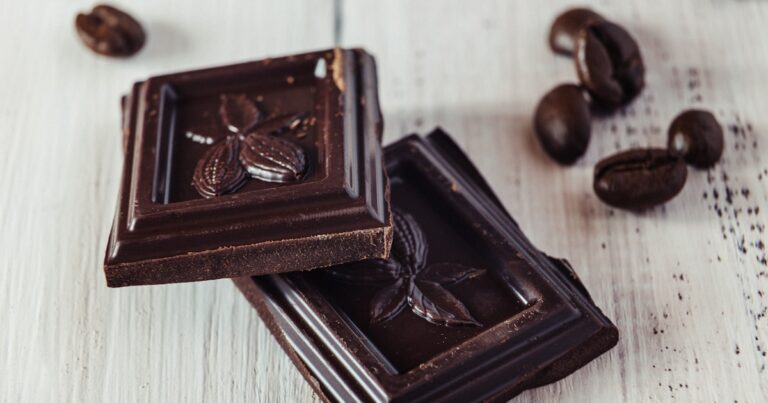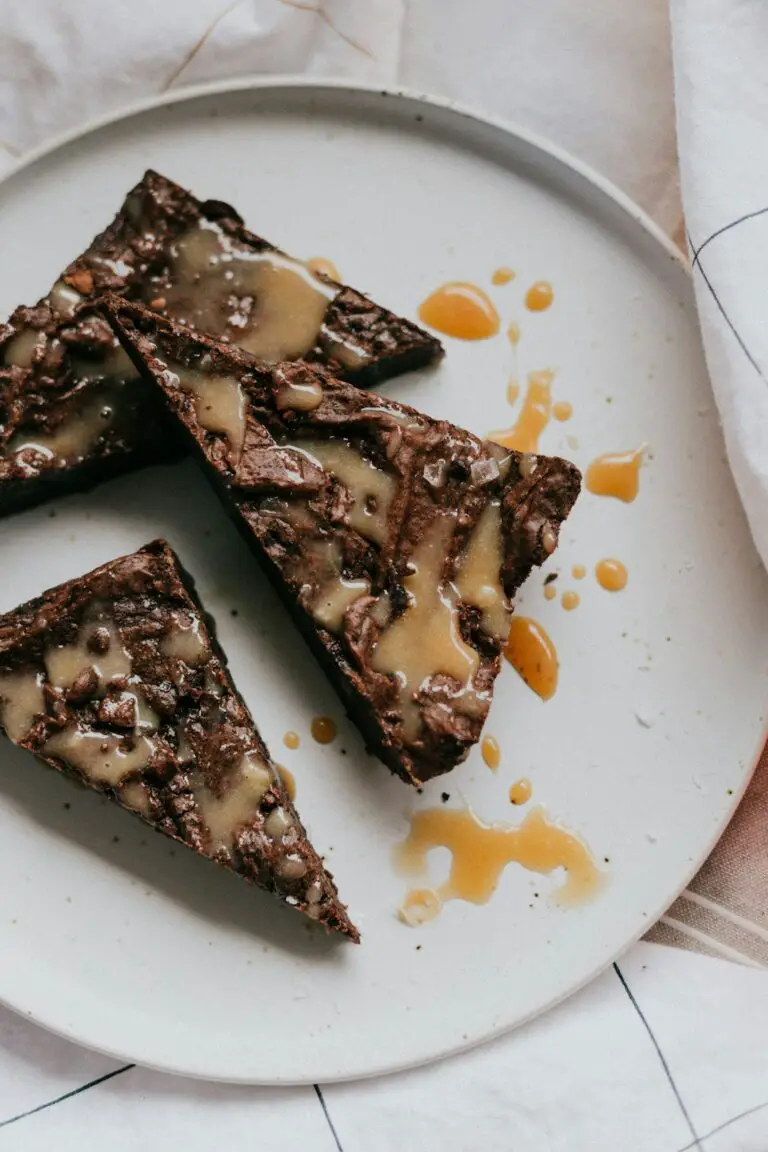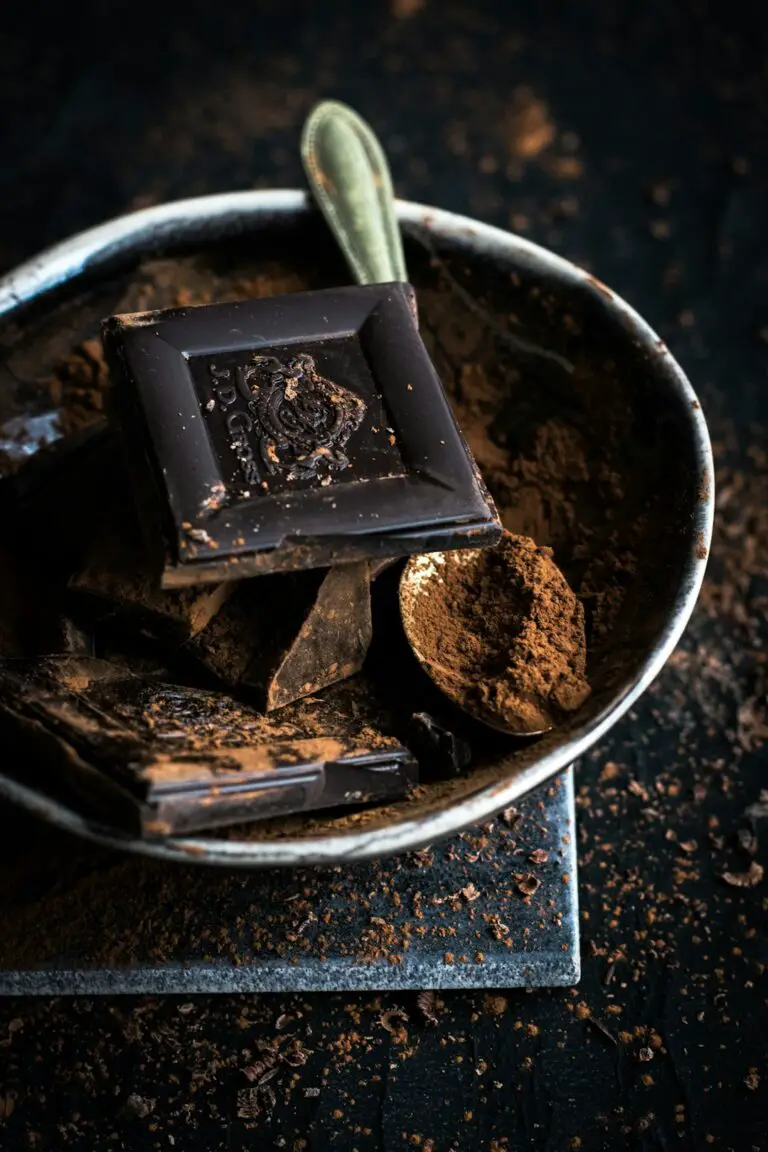Support our educational content for free when you purchase through links on our site. Learn more
Can Eating Chocolate Make Your Skin Look Healthier? 9 Surprising Facts 🍫 (2025)
Imagine savoring a piece of rich, velvety dark chocolate and knowing that with every bite, you might be doing your skin a favor. Sounds like a dream, right? For years, chocolate has been unfairly blamed for breakouts and dull skin, but what if the truth is far sweeter? Recent research and expert insights reveal that certain types of chocolate—especially dark, high-cocoa varieties—can actually boost your skin’s health in multiple ways. From fighting free radicals to improving hydration and even offering some sun protection, chocolate’s skin benefits might just surprise you.
But before you raid the candy aisle, there’s a catch: not all chocolates are created equal. Sugar, dairy, and additives in many commercial bars can do more harm than good. So, how do you choose the right chocolate? How much should you eat? And can chocolate really replace your skincare routine? Stick around as we unwrap 9 surprising facts about chocolate and your skin, backed by science and our expert tasters at Chocolate Brands™. Your next indulgence might just be your skin’s new best friend!
Key Takeaways
- Dark chocolate (70%+ cocoa) is rich in antioxidants and flavanols that protect and nourish your skin.
- Sugar and dairy in milk and white chocolates are often the real culprits behind acne and inflammation.
- Moderate consumption (1-2 ounces daily) of quality dark chocolate can improve skin hydration, elasticity, and blood flow.
- Chocolate’s antioxidant properties may offer mild UV protection but never replace sunscreen.
- Topical cocoa products complement dietary benefits by moisturizing and soothing skin.
- Individual skin responses vary; moderation and choosing the right chocolate are key.
👉 Shop skin-friendly dark chocolate:
- Lindt Excellence 85% Cocoa on Amazon | Walmart | Lindt Official Website
- Green & Black’s Organic Dark Chocolate 70% on Amazon | Walmart | Green & Black’s Official
Table of Contents
- ⚡️ Quick Tips and Facts
- 🍫 The Sweet History of Cocoa: From Ancient Rituals to Modern Skin Science
- 🧐 Chocolate & Skin: The Great Debate Unwrapped
- 🔬 The Science Behind the Shine: How Cocoa Compounds Interact with Your Skin Cells
- 🌟 Unpacking the Goodness: 8 Ways Dark Chocolate Might Boost Your Complexion
- Antioxidant Powerhouse: Fighting Free Radicals for Youthful Skin
- Boosting Blood Flow for a Healthy Glow and Nutrient Delivery
- Potential UV Protection: An Internal Sunscreen? (With Caveats!)
- Improving Skin Hydration and Elasticity for Supple Skin
- Reducing Inflammation and Redness: Calming Your Complexion
- Supporting Collagen Production: The Building Block of Firm Skin
- Stress Reduction for Clearer Skin: The Mind-Body Connection
- Delivering Essential Minerals: Zinc, Copper, and More for Skin Health
- 😈 The Dark Side of the Bar: When Chocolate Harms Your Skin
- ⚖️ Decoding Your Bar: Not All Chocolate is Created Equal for Skin Health
- 🥛 The Sugar & Dairy Dilemma: Are These the Real Culprits Behind Breakouts?
- 🚫 Chocolate and Acne: Separating Fact from Fiction (Again!)
- 📏 How Much is Too Much? Finding Your Sweet Spot for Skin Benefits
- 🧖♀️ Beyond Eating: Topical Chocolate Treatments for a Radiant Face
- 🌱 The Holistic Approach: Chocolate as Part of Your Overall Skin Wellness Journey
- 👩⚕️ Expert Opinions & Scientific Consensus: What Do Dermatologists Say?
- ❌ Common Myths About Chocolate and Skin: Busted!
- ✅ Conclusion
- 🔗 Recommended Links
- ❓ FAQ
- 📚 Reference Links
⚡️ Quick Tips and Facts
Welcome to the delicious intersection of indulgence and skincare! At Chocolate Brands™, we’ve tasted hundreds of chocolates 🍫, but did you know some of these treats might actually boost your skin’s health? Here’s a quick cheat sheet before we dive deep:
- ✅ Dark chocolate (70%+ cocoa) is packed with antioxidants called flavanols that help fight skin aging and inflammation.
- ❌ Milk and white chocolate often contain sugar and dairy, which may aggravate acne or cause skin inflammation.
- ✅ Moderate chocolate consumption can improve blood flow to your skin, giving you a natural glow.
- ❌ Overindulging, especially in sugary or fatty chocolates, can lead to breakouts and dull skin.
- ✅ Topical cocoa products can hydrate and soothe skin, but eating chocolate is not a magic potion.
- ✅ Your overall diet, hydration, and skincare routine matter more than any single food.
Curious how this all works? Keep reading to uncover the sweet science behind chocolate and your skin’s glow! For a deep dive into chocolate’s anti-aging benefits, check out our related article on Is chocolate good for anti aging?.
🍫 The Sweet History of Cocoa: From Ancient Rituals to Modern Skin Science
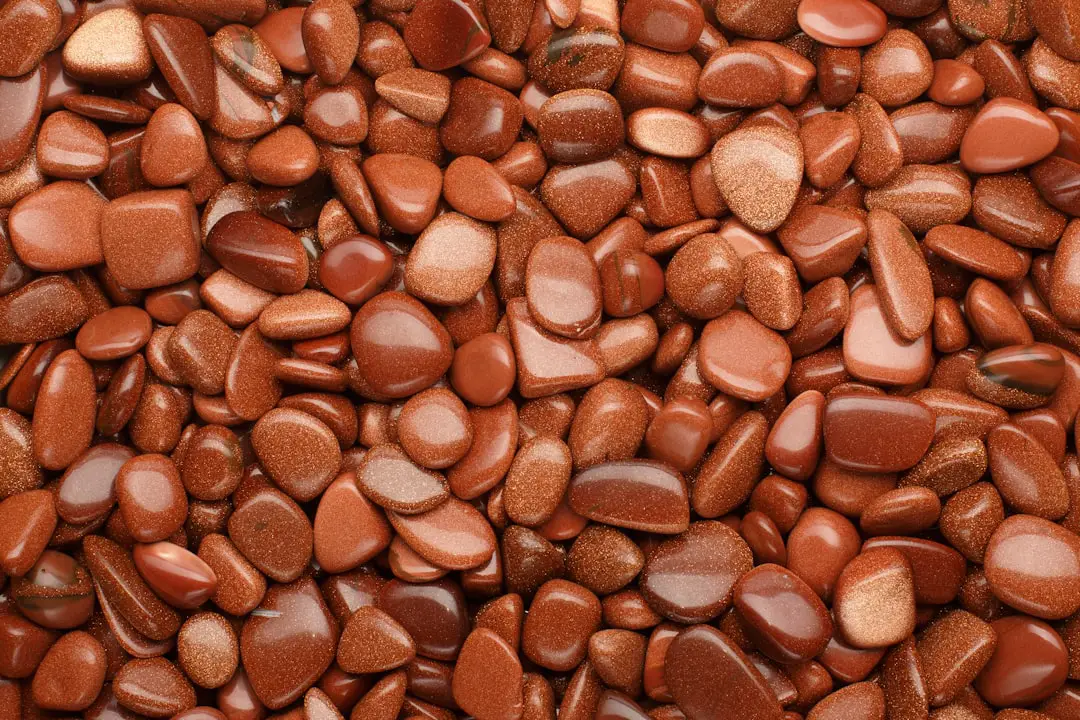
Chocolate’s story is as rich as its flavor. Originating from the tropical rainforests of Central and South America, the ancient Mayans and Aztecs revered cocoa as a sacred elixir. They believed it had healing powers and used it in rituals to promote vitality — including skin health.
Fast forward to today, and science is catching up with tradition. Researchers have identified flavanols and polyphenols in cocoa that may protect skin cells from damage caused by UV rays and pollution. The journey from sacred bean to skincare superstar is fascinating!
Fun Fact:
The first European chocolate recipes in the 16th century added sugar and milk, which ironically may have started the myth that chocolate causes skin problems. More on that later!
For a deeper look at chocolate’s origins and evolution, visit our Chocolate History and Origins section.
🧐 Chocolate and Skin: The Great Debate Unwrapped
Is chocolate a friend or foe to your skin? This question has sparked heated debates for decades. The old wives’ tale says chocolate causes acne — but modern science paints a more nuanced picture.
What We Know:
- Chocolate itself, especially high-cocoa dark chocolate, is unlikely to cause acne.
- Added sugars, dairy, and unhealthy fats in many commercial chocolates are more likely culprits.
- Individual responses vary — some people may notice breakouts after eating certain chocolates, while others don’t.
We’ll unpack these claims with evidence from dermatologists and nutritionists, so you can make informed choices without guilt.
🔬 The Science Behind the Shine: How Cocoa Compounds Interact with Your Skin Cells
Let’s geek out for a moment. Cocoa beans are loaded with flavanols, a type of antioxidant that helps neutralize free radicals — those pesky molecules that accelerate skin aging and damage collagen.
How Flavanols Help Your Skin:
- Boost blood flow: Improved circulation means more oxygen and nutrients reach your skin, enhancing its natural glow.
- Protect against UV damage: Some studies show flavanols can reduce sensitivity to sunburn and improve skin hydration.
- Reduce inflammation: Chronic inflammation can cause redness, puffiness, and premature aging; cocoa’s anti-inflammatory properties help calm the skin.
But remember, not all chocolate has the same flavanol content — the darker and less processed, the better.
🌟 Unpacking the Goodness: 8 Ways Dark Chocolate Might Boost Your Complexion
Ready for the juicy details? Here are eight scientifically-backed ways dark chocolate could help your skin look healthier:
1. Antioxidant Powerhouse: Fighting Free Radicals for Youthful Skin
Dark chocolate’s rich flavanols and polyphenols rival those in blueberries and acai berries. These antioxidants neutralize free radicals that cause wrinkles and dullness.
2. Boosting Blood Flow for a Healthy Glow and Nutrient Delivery
Studies show that consuming flavanol-rich cocoa increases skin blood flow, which means better oxygenation and nutrient supply — hello, radiant skin!
3. Potential UV Protection: An Internal Sunscreen? (With Caveats!)
While not a replacement for sunscreen, some research suggests cocoa flavanols can reduce UV-induced skin damage and improve skin density.
4. Improving Skin Hydration and Elasticity for Supple Skin
Regular intake of high-flavanol cocoa has been linked to increased skin hydration and elasticity, making your skin feel softer and firmer.
5. Reducing Inflammation and Redness: Calming Your Complexion
Cocoa’s anti-inflammatory effects may help reduce redness and irritation, especially for sensitive skin types.
6. Supporting Collagen Production: The Building Block of Firm Skin
Some minerals in dark chocolate, like copper and zinc, support collagen synthesis, which is essential for skin strength and resilience.
7. Stress Reduction for Clearer Skin: The Mind-Body Connection
Chocolate can lower cortisol, the stress hormone that triggers acne flare-ups. A happier mind often means happier skin!
8. Delivering Essential Minerals: Zinc, Copper, and More for Skin Health
Dark chocolate provides minerals vital for skin repair and immune function, including magnesium, iron, and selenium.
😈 The Dark Side of the Bar: When Chocolate Harms Your Skin
Not all chocolate is skin-friendly. Here’s when your favorite treat might backfire:
- High sugar content can spike insulin, increasing sebum production and inflammation.
- Dairy ingredients in milk and white chocolate may trigger acne in sensitive individuals.
- Excessive consumption leads to weight gain and systemic inflammation, which harms skin health.
- Additives and preservatives in cheap chocolates may irritate skin or cause allergic reactions.
Our advice? Stick to quality dark chocolate with minimal additives and enjoy in moderation.
⚖️ Decoding Your Bar: Not All Chocolate is Created Equal for Skin Health
Understanding chocolate labels can be confusing. Here’s a quick guide to the skin impact of different types:
Dark Chocolate: The Skin’s Best Friend?
- ✅ High in flavanols and antioxidants.
- ✅ Low in sugar and dairy.
- ✅ Best choice for skin benefits.
Milk Chocolate: A Sweet Treat, But What About Your Skin?
- ❌ Contains more sugar and dairy.
- ❌ Lower flavanol content.
- ⚠️ May contribute to breakouts in sensitive skin.
White Chocolate: Is It Even Chocolate? (And Its Skin Impact)
- ❌ Contains no cocoa solids, only cocoa butter.
- ❌ High in sugar and dairy.
- ❌ Offers no antioxidant benefits.
| Chocolate Type | Cocoa Content | Sugar Level | Dairy Content | Antioxidant Level | Skin Benefit Rating (1-10) |
|---|---|---|---|---|---|
| Dark (70%+) | High | Low | None/Minimal | Very High | 9 |
| Milk | Medium (10-50%) | High | High | Low | 4 |
| White | 0% | High | High | None | 1 |
🥛 The Sugar and Dairy Dilemma: Are These the Real Culprits Behind Breakouts?
Many blame chocolate for acne, but research points fingers at sugar and dairy more than cocoa itself.
- Sugar: High glycemic foods spike insulin, increasing oil production and inflammation.
- Dairy: Contains hormones and proteins that may disrupt your skin’s balance.
- Fatty additives: Saturated and trans fats in some chocolates worsen inflammation.
Cutting back on sugary, milky chocolates often improves skin clarity — but pure dark chocolate usually doesn’t cause breakouts.
🚫 Chocolate and Acne: Separating Fact from Fiction (Again!)
Despite popular belief, multiple studies have failed to find a direct link between chocolate consumption and acne development.
- A 2011 study in the Journal of the American Academy of Dermatology found no evidence that chocolate causes acne.
- However, individual sensitivity varies, and some people report flare-ups after eating certain chocolates.
- The key is to avoid chocolates loaded with sugar and dairy, and maintain a balanced diet.
If acne is a concern, consult with a dermatologist for personalized advice.
📏 How Much is Too Much? Finding Your Sweet Spot for Skin Benefits
Moderation is the name of the game. Experts recommend:
- 1 to 2 ounces (30-60 grams) of dark chocolate daily to reap skin benefits without excess calories.
- Avoid binge-eating or consuming chocolate late at night to prevent digestive issues.
- Pair chocolate with a balanced diet rich in fruits, vegetables, and hydration.
Remember, chocolate is a treat, not a cure-all.
🧖♀️ Beyond Eating: Topical Chocolate Treatments for a Radiant Face
Did you know cocoa is also a popular ingredient in skincare products? Here’s why:
- Cocoa butter deeply moisturizes and softens skin.
- Cocoa polyphenols in masks and creams can protect against environmental damage.
- Many luxury brands like Lush and The Body Shop offer chocolate-infused facials and scrubs.
While eating chocolate works from the inside out, topical treatments provide direct skin nourishment.
🌱 The Holistic Approach: Chocolate as Part of Your Overall Skin Wellness Journey
Chocolate can be a delightful part of your skin health routine, but it’s just one piece of the puzzle.
- Combine with a diet rich in antioxidants (think berries, leafy greens).
- Stay hydrated and get enough sleep.
- Use sunscreen daily to protect your skin.
- Manage stress through mindfulness or exercise.
At Chocolate Brands™, we believe in savoring chocolate mindfully — your skin and soul will thank you!
Explore more about Chocolate Health Benefits for holistic tips.
👩⚕️ Expert Opinions and Scientific Consensus: What Do Dermatologists Say?
Dermatologists generally agree:
- Chocolate itself is not a primary cause of acne or skin problems.
- High sugar and dairy intake are more likely triggers.
- Dark chocolate with high cocoa content can offer antioxidant benefits.
- Many recommend moderation and focusing on overall diet quality.
Dr. Whitney Bowe, a renowned dermatologist, states:
“Dark chocolate’s antioxidants can help protect skin, but it’s important to avoid sugary, processed chocolates to prevent inflammation.”
(Source: Healthline)
❌ Common Myths About Chocolate and Skin: Busted!
Let’s bust some myths that have haunted chocolate lovers for years:
-
Myth 1: Chocolate causes acne.
❌ False. Sugar and dairy in chocolate are more likely culprits. -
Myth 2: All chocolate is bad for your skin.
❌ False. Dark chocolate is rich in skin-friendly antioxidants. -
Myth 3: Eating chocolate makes your skin oily.
❌ False. Skin oiliness is more influenced by hormones and genetics. -
Myth 4: You must avoid chocolate completely for clear skin.
❌ False. Enjoying moderate amounts of dark chocolate is fine for most people.
If you’re ready to explore the best chocolate bars for skin health or want to learn more about the science behind chocolate’s benefits, check out our Chocolate Brand Comparisons and Chocolate Bar Reviews sections.
👉 Shop quality dark chocolate on:
- Lindt Excellence 85% Cocoa: Amazon | Walmart | Lindt Official Website
- Green & Black’s Organic Dark Chocolate 70%: Amazon | Walmart | Green & Black’s Official
Ready for the final sweet word? Head over to the Conclusion to wrap up this tasty journey!
✅ Conclusion
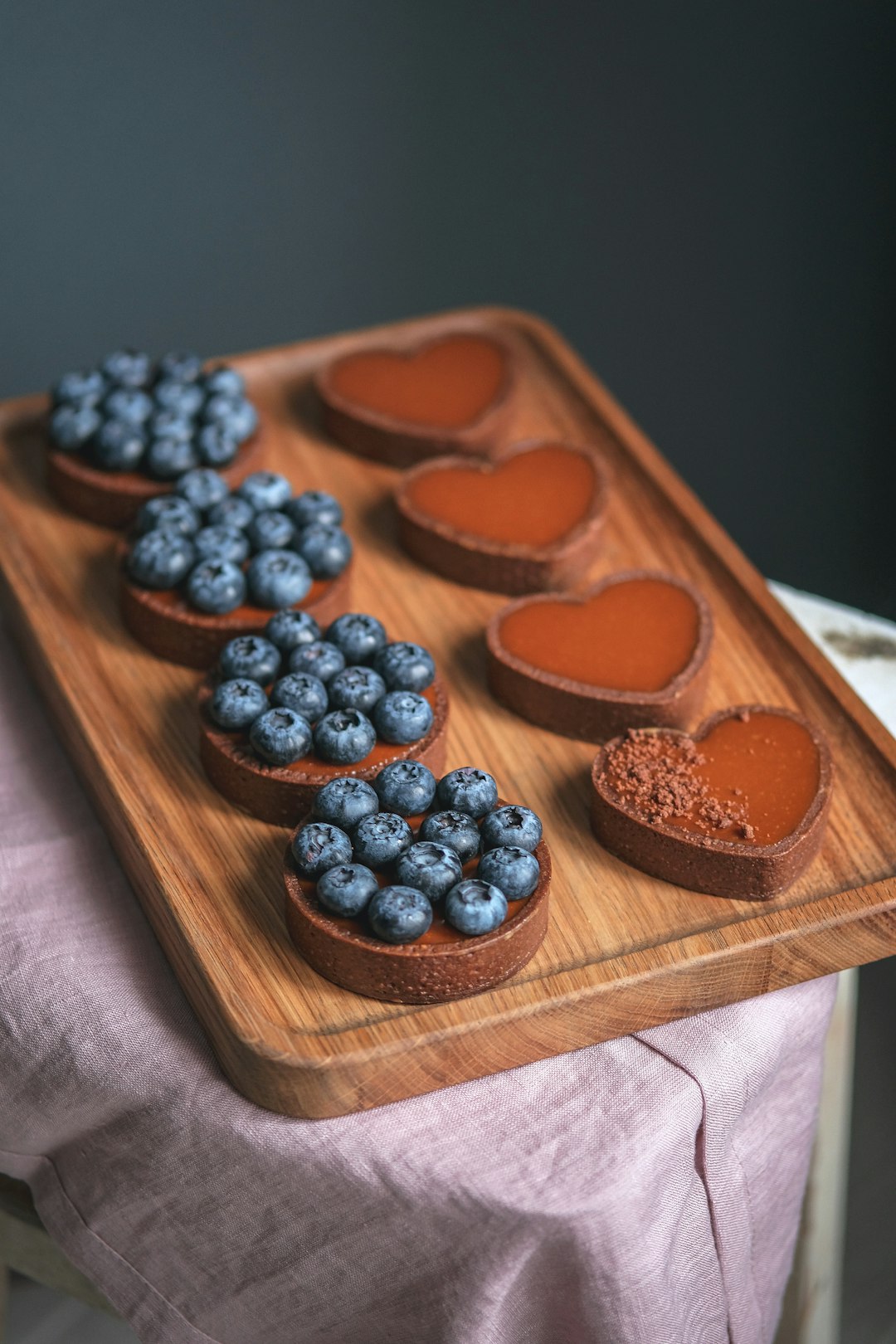
So, can eating chocolate make your skin look healthier? The answer is a delicious yes — but with some important caveats. Our expert tasters at Chocolate Brands™ have uncovered that dark chocolate with high cocoa content (70% and above) is a powerhouse of antioxidants, flavanols, and essential minerals that can support skin hydration, elasticity, and protection against environmental damage. It also helps boost blood flow and reduce inflammation, contributing to a radiant complexion.
However, not all chocolates are created equal. Milk and white chocolates, loaded with sugar and dairy, can potentially aggravate acne and inflammation. Overindulgence in any chocolate, especially those with added sugars and fats, can backfire on your skin health.
Our confident recommendation? Choose quality dark chocolate bars like Lindt Excellence 85% Cocoa or Green & Black’s Organic Dark Chocolate 70% for your skin-friendly indulgence. Enjoy them in moderation — about 1 to 2 ounces daily — as part of a balanced diet rich in antioxidants, hydration, and good skincare habits.
Remember, chocolate is a treat, not a miracle cure. Combine it with a holistic approach to skin wellness, and you’ll be glowing inside and out. Ready to savor the sweet benefits? Your skin will thank you!
🔗 Recommended Links
👉 Shop the Best Skin-Friendly Dark Chocolates:
-
Lindt Excellence 85% Cocoa:
Amazon | Walmart | Lindt Official Website -
Green & Black’s Organic Dark Chocolate 70%:
Amazon | Walmart | Green & Black’s Official
Recommended Books for Chocolate Lovers & Skin Health Enthusiasts:
-
The Chocolate Lover’s Diet by Dr. Susan M. Kleiner — Explore how chocolate can be part of a healthy lifestyle.
Amazon Link -
Eat Pretty: Nutrition for Beauty, Inside and Out by Jolene Hart — A guide to foods that nourish your skin, including chocolate.
Amazon Link
❓ FAQ
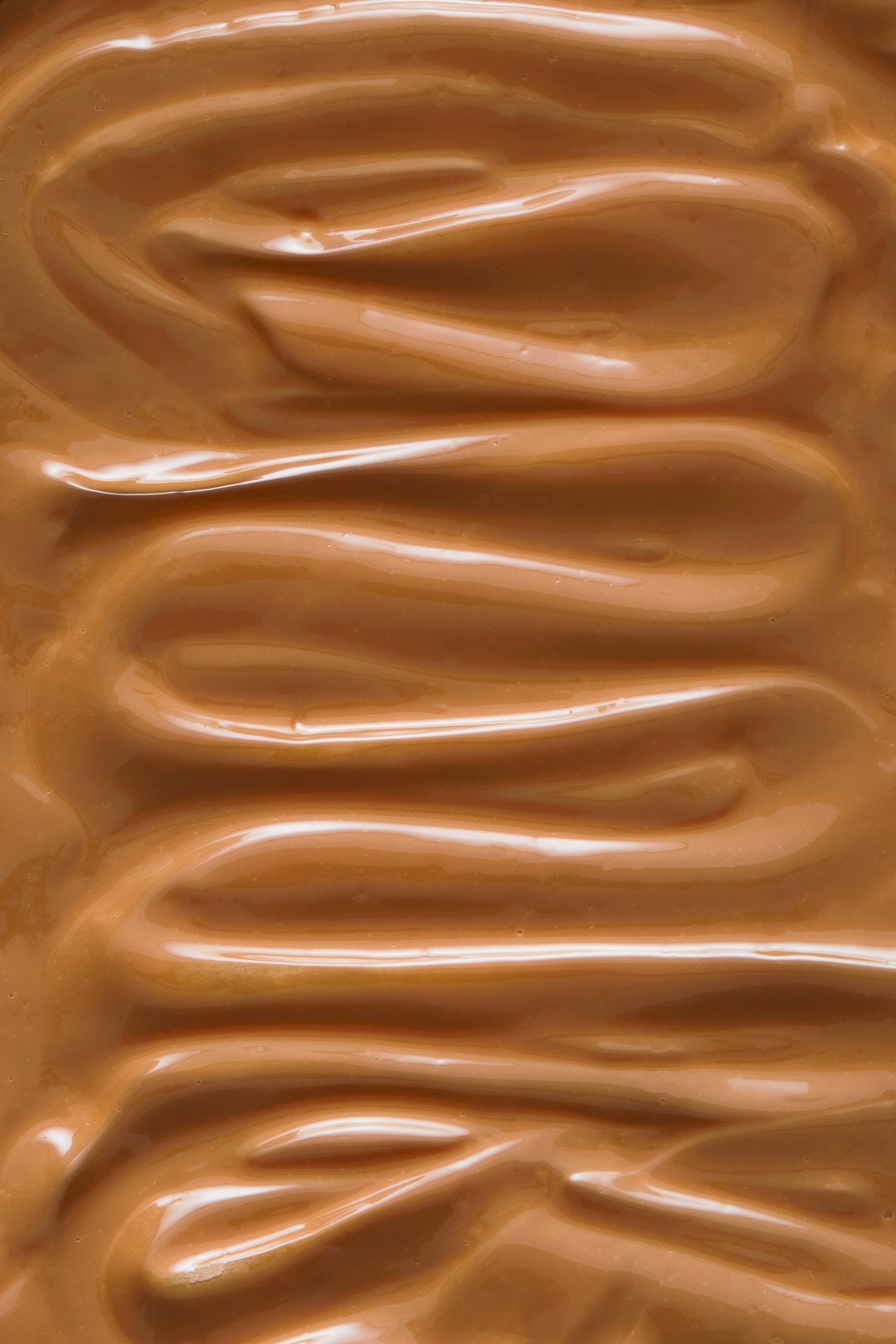
Does dark chocolate have anti-aging benefits for the skin?
Absolutely! Dark chocolate is rich in flavanols and polyphenols, powerful antioxidants that combat free radicals — the main culprits behind skin aging. These compounds help protect collagen and elastin fibers, improve skin elasticity, and reduce wrinkle formation. A 24-week study showed that consuming flavanol-rich cocoa improved skin hydration and reduced facial wrinkles, making dark chocolate a tasty ally in your anti-aging arsenal.
Read more about “Which Chocolate Is Best for Anti-Aging? Top 7 Picks for 2025 🍫”
Can flavonoids in chocolate improve skin hydration and appearance?
Yes, flavonoids in cocoa enhance microcirculation in the skin, increasing blood flow and nutrient delivery. This results in better skin hydration, suppleness, and a natural glow. Studies have demonstrated that regular intake of high-flavanol cocoa can increase skin moisture and elasticity, which are key markers of healthy, youthful skin.
Read more about “Can Chocolate Make You Look Younger? 17 Surprising Facts 🍫 (2025)”
How does the antioxidant content in chocolate impact skin health and wellness?
Antioxidants in chocolate neutralize harmful free radicals generated by UV exposure, pollution, and stress. This reduces oxidative stress, which otherwise damages skin cells and accelerates aging. By protecting skin DNA and supporting repair mechanisms, antioxidants in dark chocolate help maintain skin integrity and slow down visible signs of aging.
Are there any specific types of chocolate that are more beneficial for achieving healthier-looking skin?
Yes! Dark chocolate with at least 70% cocoa content is the best choice for skin benefits because it contains the highest concentration of flavanols and the least sugar and dairy. Milk and white chocolates have lower antioxidant levels and higher sugar and fat content, which can promote inflammation and breakouts in some individuals.
Can chocolate consumption cause acne or worsen skin conditions?
Current scientific evidence does not support a direct link between chocolate and acne. However, chocolates high in sugar, dairy, and unhealthy fats can exacerbate inflammation and sebum production, potentially worsening acne in sensitive individuals. Choosing dark chocolate with minimal additives and maintaining a balanced diet is key.
How much chocolate should I eat daily to benefit my skin without negative effects?
Moderation is essential. Experts recommend 1 to 2 ounces (30-60 grams) of dark chocolate daily to enjoy skin benefits without excess calories or sugar. Overconsumption can lead to weight gain and inflammation, which negatively affect skin health.
Are topical chocolate products effective for skin health?
Topical products containing cocoa butter and polyphenols can moisturize, soothe, and protect the skin from environmental damage. While they don’t replace a healthy diet, chocolate-infused creams and masks can complement your skincare routine for a radiant complexion.
📚 Reference Links
- Cleveland Clinic: 7 Dark Chocolate Benefits, and How Much You Should Eat
- Walk-in Dermatology: Is Chocolate Really Bad for Your Skin?
- Healthline: Foods That Support Healthy Aging
- Lindt Official Website: https://www.lindtusa.com/
- Green & Black’s Official Website: https://www.greenandblacks.co.uk/
- Journal of the American Academy of Dermatology: Chocolate and Acne Study
Enjoy your chocolate wisely, and here’s to glowing, healthy skin — one bite at a time! 🍫✨
